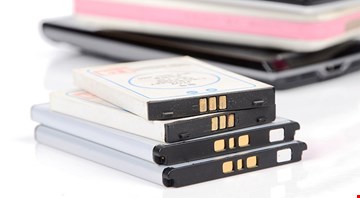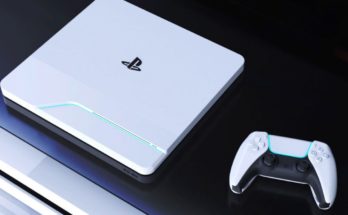Analysts have taken motivation from the structure of strong lithium-particle batteries to make another, low-power energy gadget that could consider the plan of quicker memory segments for cutting edge computing systems.
There are two key plan components to the gadget—made by a group drove by the Tokyo Institute of Technology (Tokyo Tech) Professor Taro Hitosugi and his understudy Yuki Watanabe—that are significant for dynamic irregular access memory, or DRAM, in PCs.
One is that the gadget devours less power than common gadgets of this sort, which is promising for likewise enabling registering gadgets to save money on battery influence, specialists said. The other is that the gadget can possibly improve the speed of DRAM, which has huge effect on in general PC execution. Researchers at the University of Tokyo likewise worked on the project.
Hitosugi and Watanabe recently had built up a comparable memory gadget additionally roused by strong lithium-particle batteries included a three strong layers made of lithium, lithium phosphate, and gold. The new battery is fundamentally another cycle of this gadget, with nickel supplanting the gold in the stack. “This system can be viewed as an extremely low-capacity thin-film lithium battery with three charged states,” said Hitosugi.
Looking for better execution
For sure, the three-stack arrangement frames a smaller than expected battery that can switch between a few voltages- – 0.95 V, 1.35 V, and 1.80 V—yet as opposed to giving energy, it goes about as a memory cell, or the most fundamental unit in a memory chip.
Every phone in a chip regularly stores a solitary piece by embracing and holding one of two potential voltage esteems, which compare to a put away estimation of either “0” or “1.” The individual cells themselves are critical to the general execution of the chip, which is the reason a chip that works at a rapid without drawing on an excess of intensity is appropriate for creating PCs with progressively effective memory.
Accomplishing better execution for the cell is to be sure why the group changed from gold to nickel in one layer of the stack, they said. The issue with utilizing gold in the gadget is that the valuable metal consolidates with lithium to shape a thick compound layer inside the gadget, which expands the measure of vitality required to change from one state to the next.
The nickel, in any case, doesn’t effortlessly shape combinations with lithium, which enables it to devour less energy when changing starting with one state then onto the next, giving “the potential for extremely low energy consumption [that] is the most noteworthy advantage of the device,” said Hitosugi.
Disclaimer: The views, suggestions, and opinions expressed here are the sole responsibility of the experts. No Just Examiner journalist was involved in the writing and production of this article.




